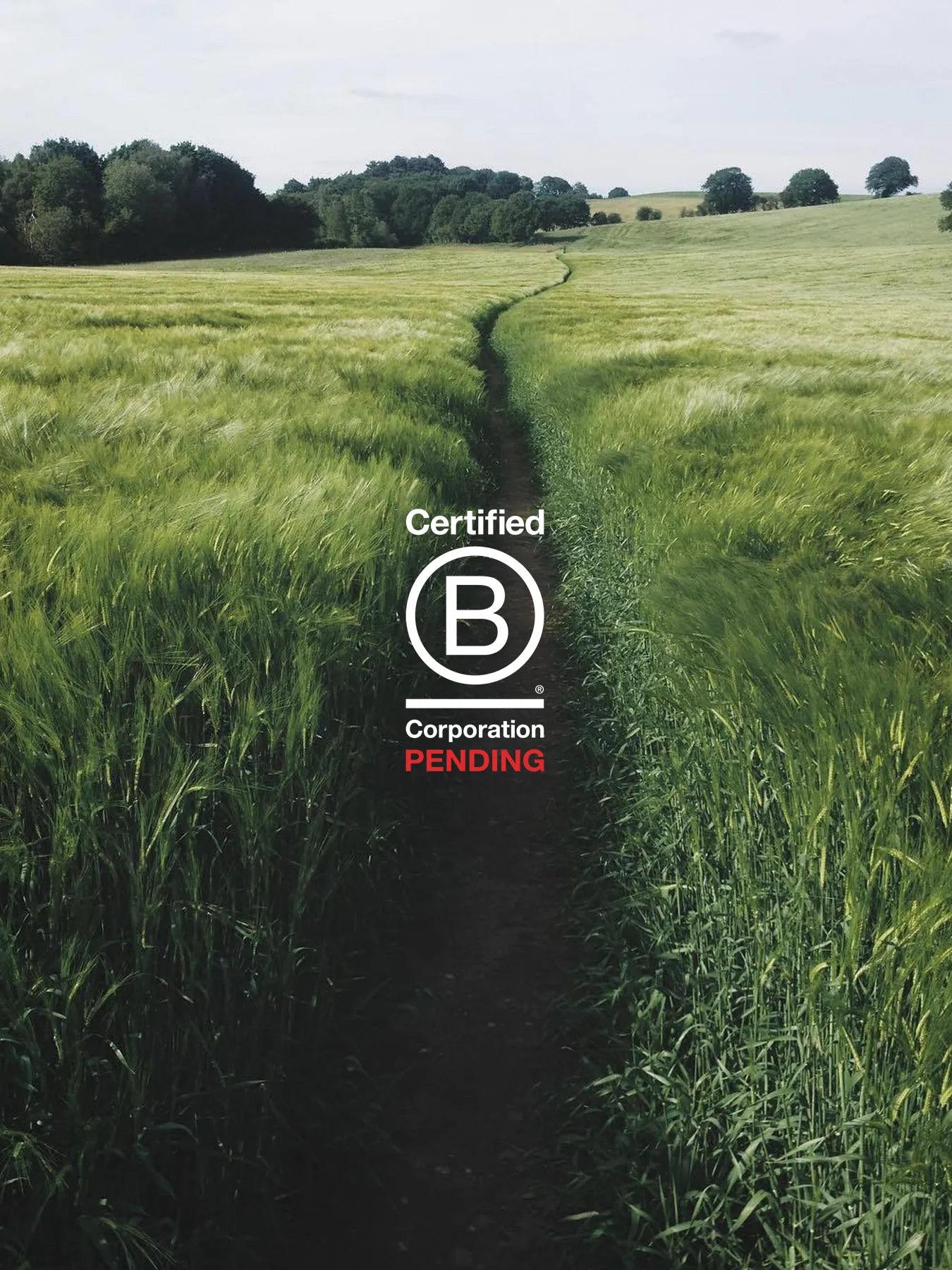
From Vision to Action: WLLW’s Commitment to B Corp Certification and Sustainable Practices
Achieving Pending B Corp status marks a major milestone in WLLW’s dedication to social responsibility and sustainability.

Achieving Pending B Corp status marks a major milestone in WLLW’s dedication to social responsibility and sustainability.
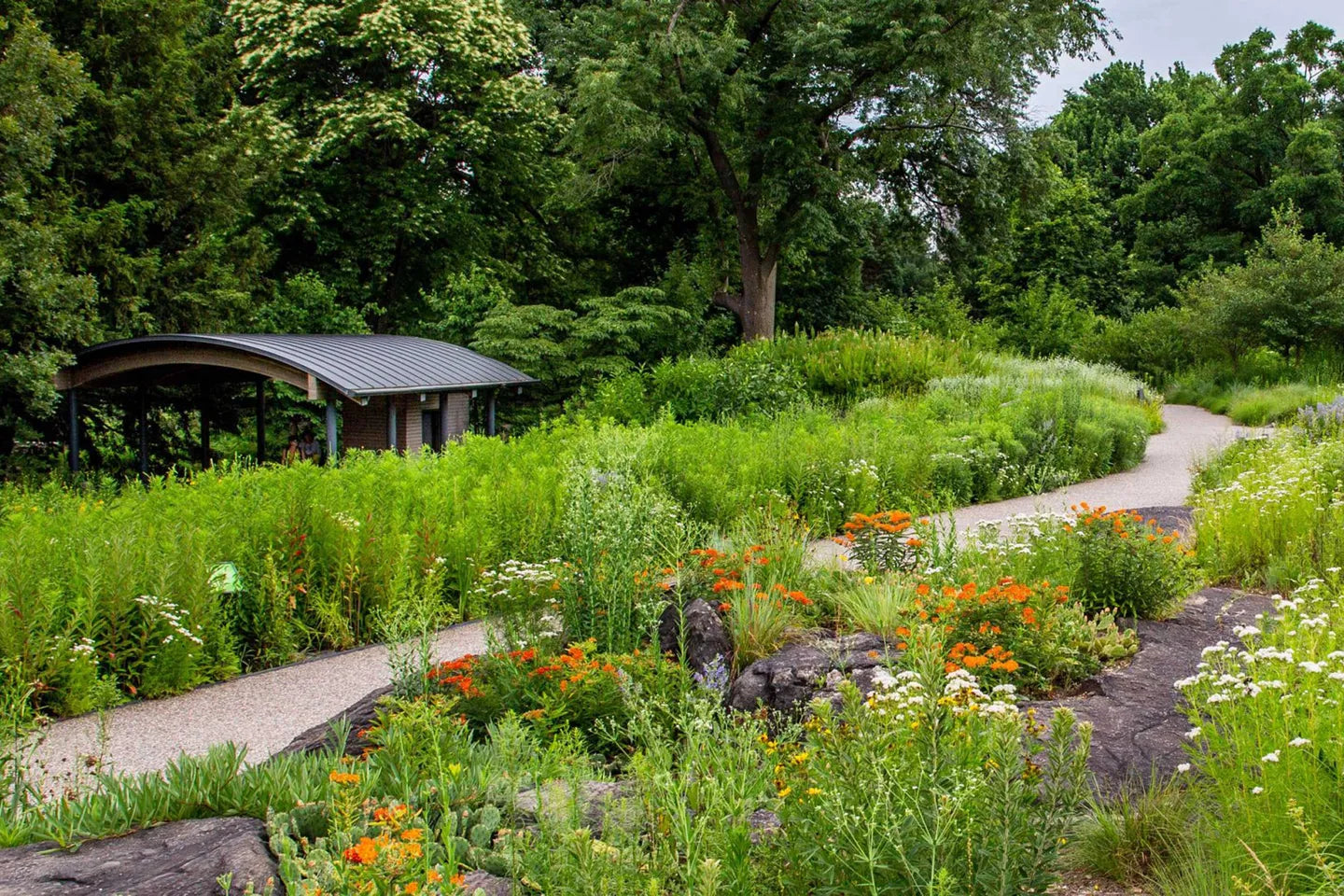
Conscientious inaction can be the key to biodiversity. For the modern gardener, what we choose not to do, not to buy, or not to mow is sometimes of greater consequence to the natural environment.

WLLW explores the category of mineral paints, and tests four that meet our requirements for creating healthy and sustainable interior spaces.
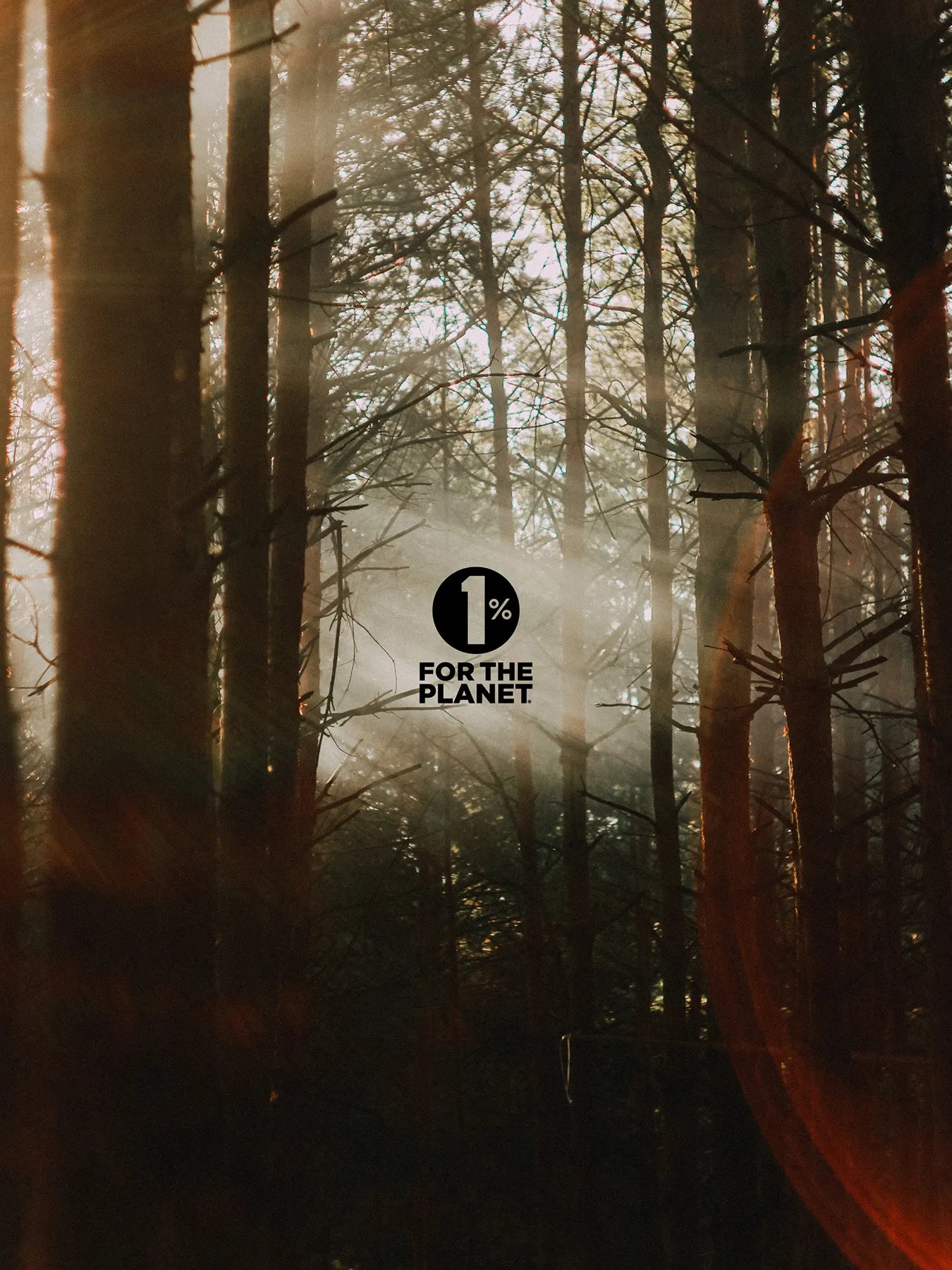
WLLW reaffirms its commitment to healthy home design and a sustainable future by joining 1% for the Planet.
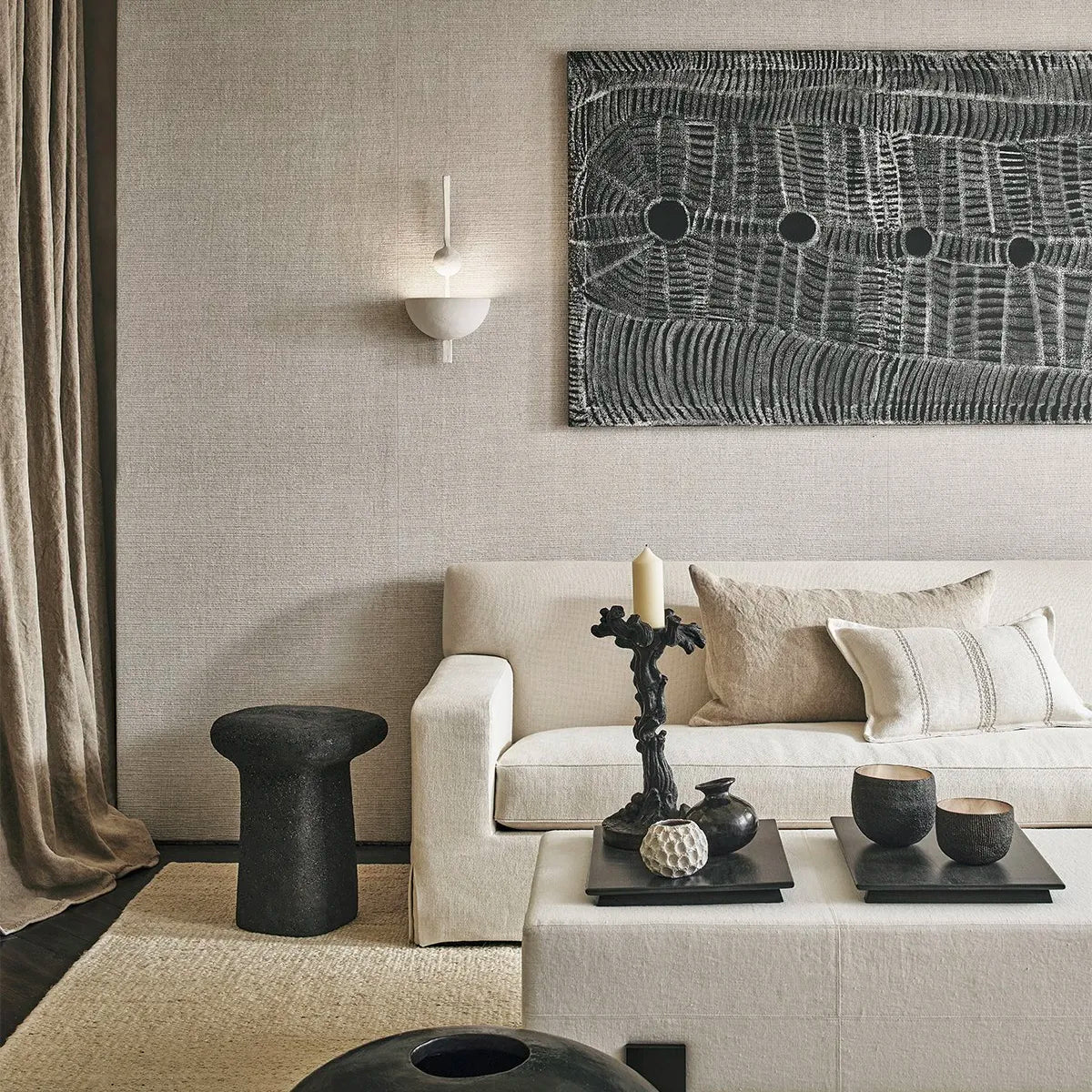
WLLW investigates the benefits of four upholstery options for our health and their environmental impact.
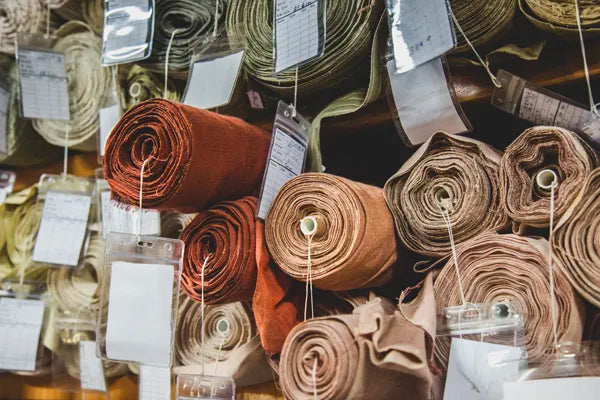
We delve into flame retardants, their widespread use in our living spaces, the health and environmental concerns they raise and strategies to reduce their impact.
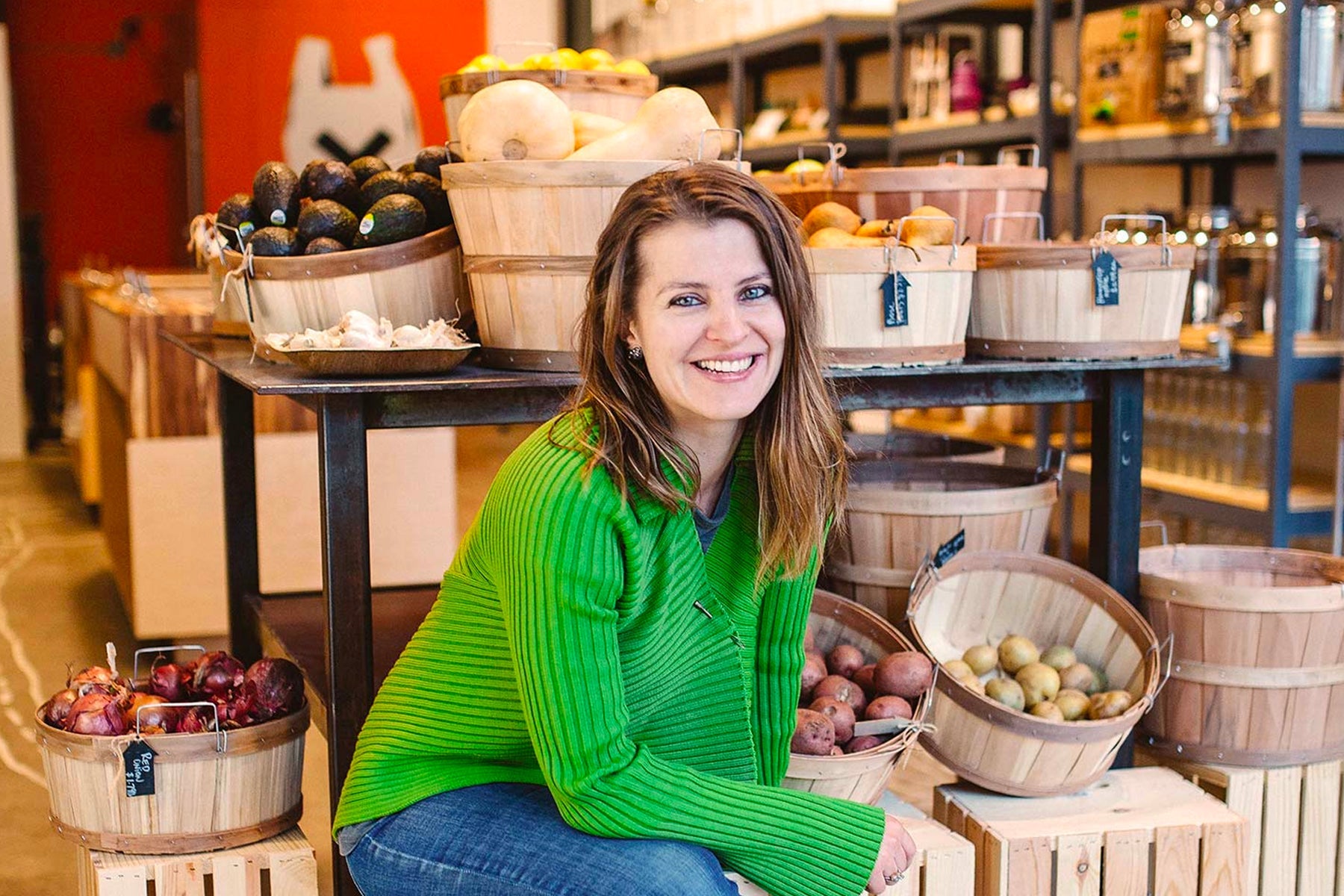
WLLW spoke with the founder of New York's first zero-waste grocery store, about how consumers can reduce waste and single-use packaging in the kitchen.
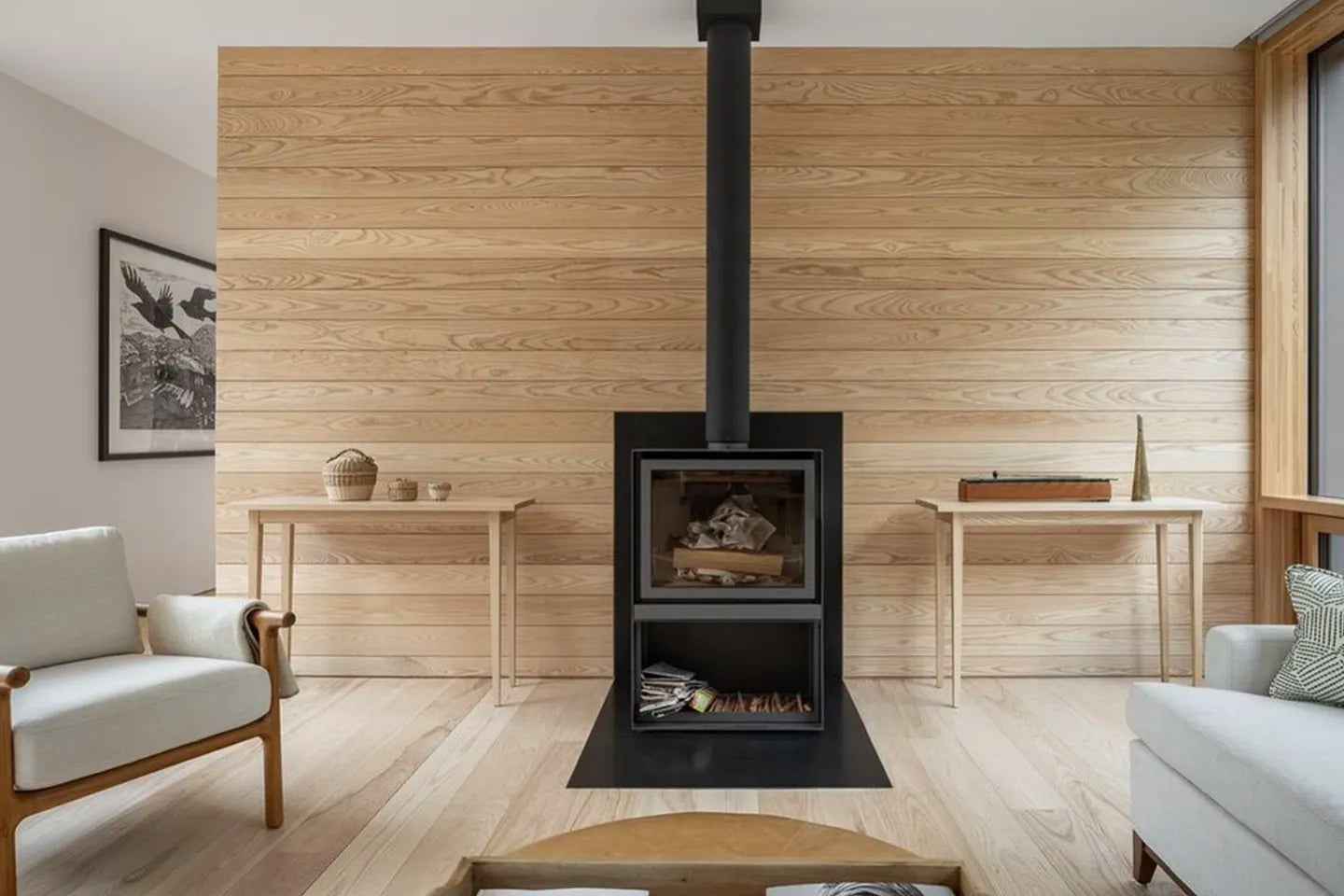
In the continuation of this series, we delve deeper into energy-saving measures for enhancing sustainable and healthy homes.

We examine energy-saving strategies, illuminating their importance for home sustainability, boosting wellbeing and promoting the adoption of energy-conserving behaviors.
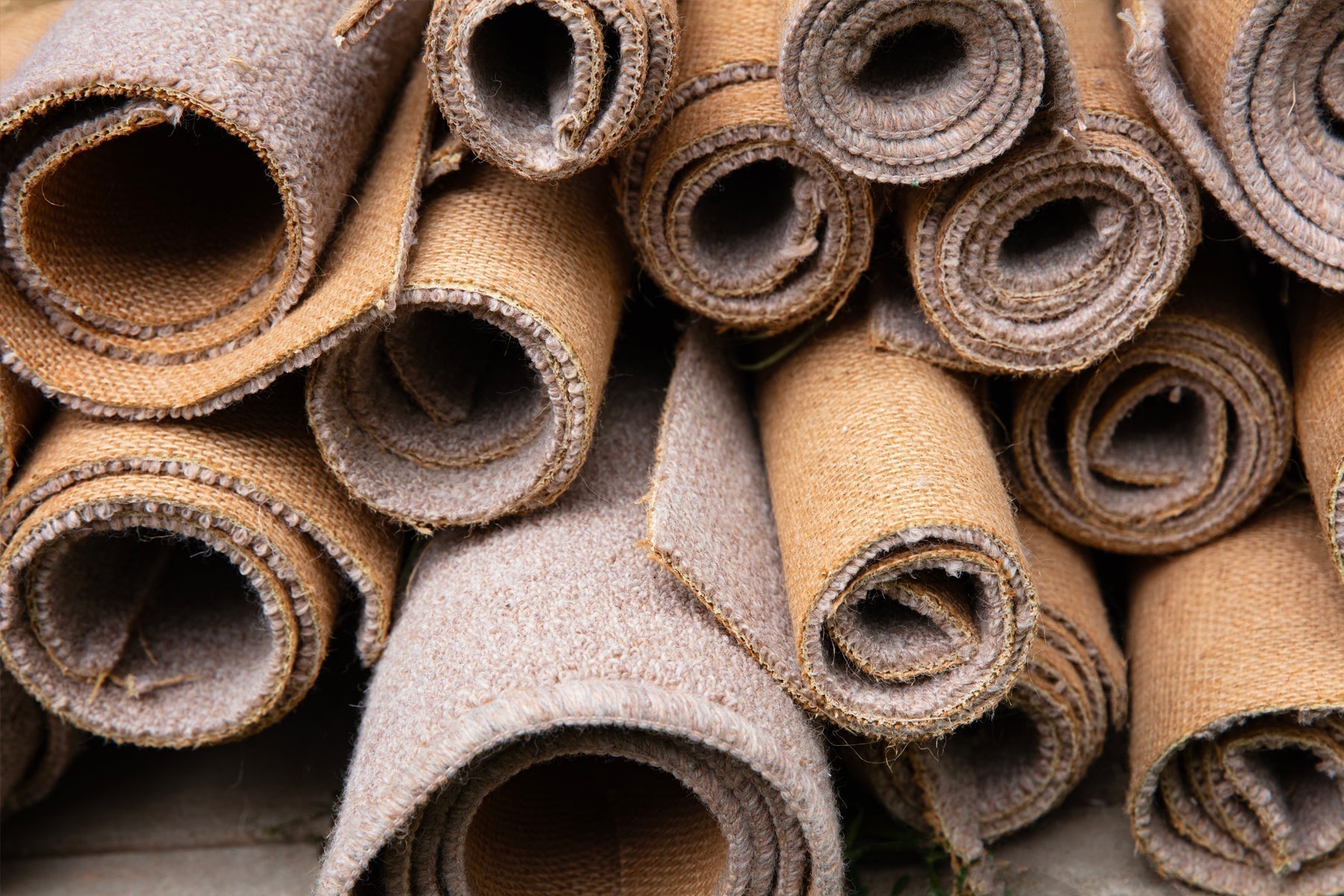
We explore antimicrobials, taking a closer look at the importance of balancing their protective benefits and the risks of overuse.
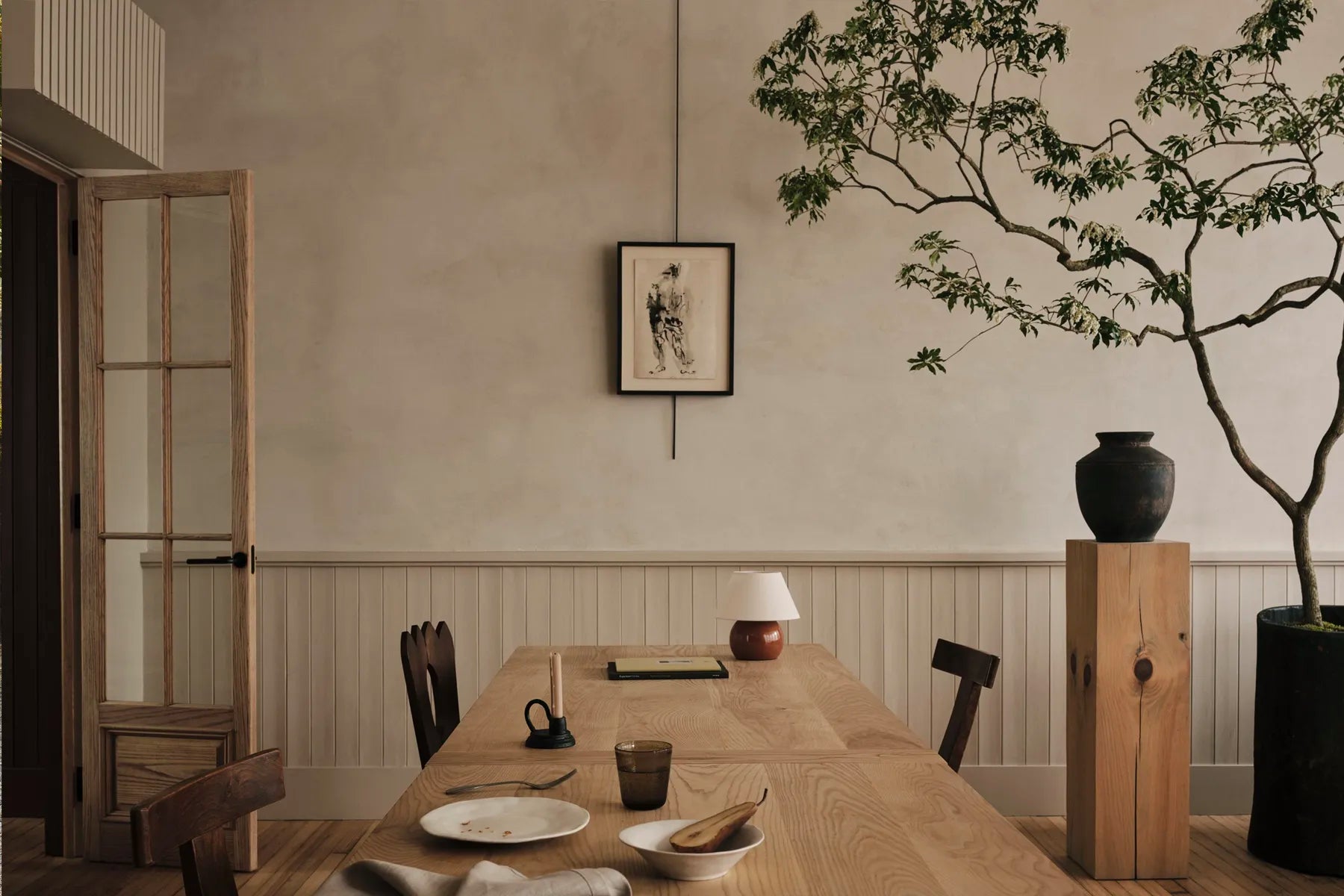
WLLW looks at the design concepts expected to shape our living spaces in the year ahead.
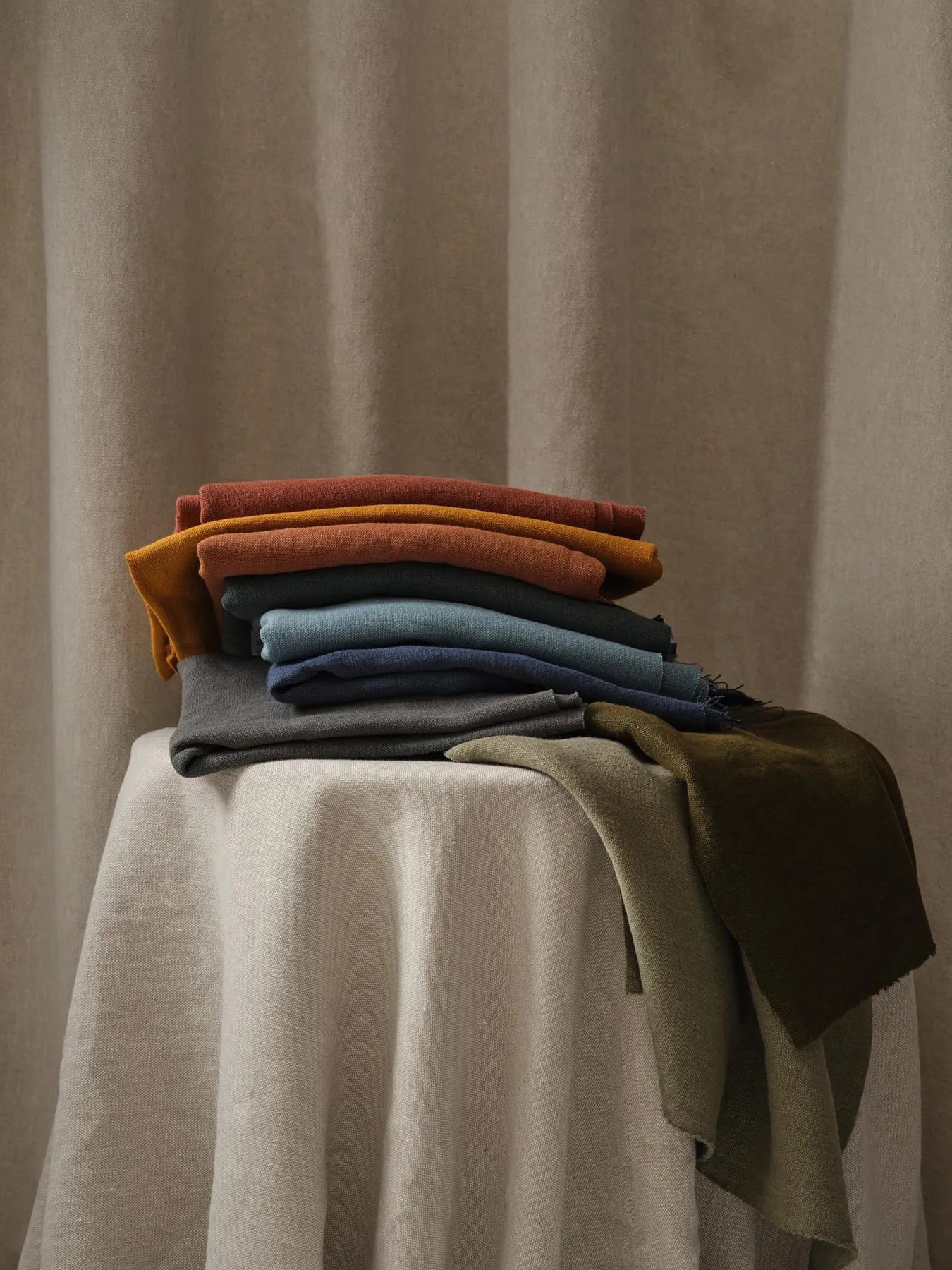
From vibrant spice-inspired hues to ethical sourcing, discover how Yarn Collective is crafting an environmentally conscious future in textiles.